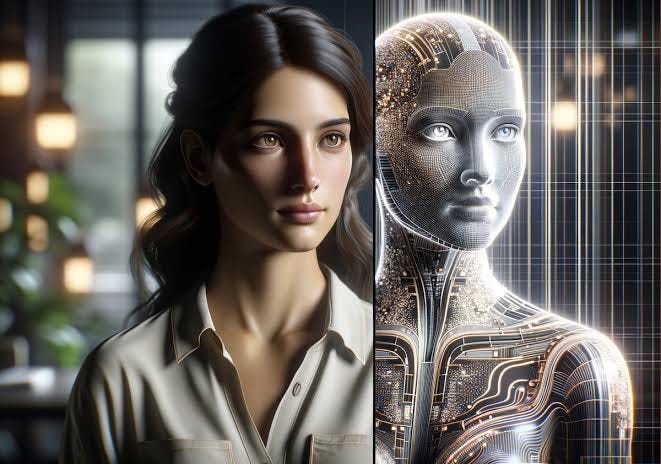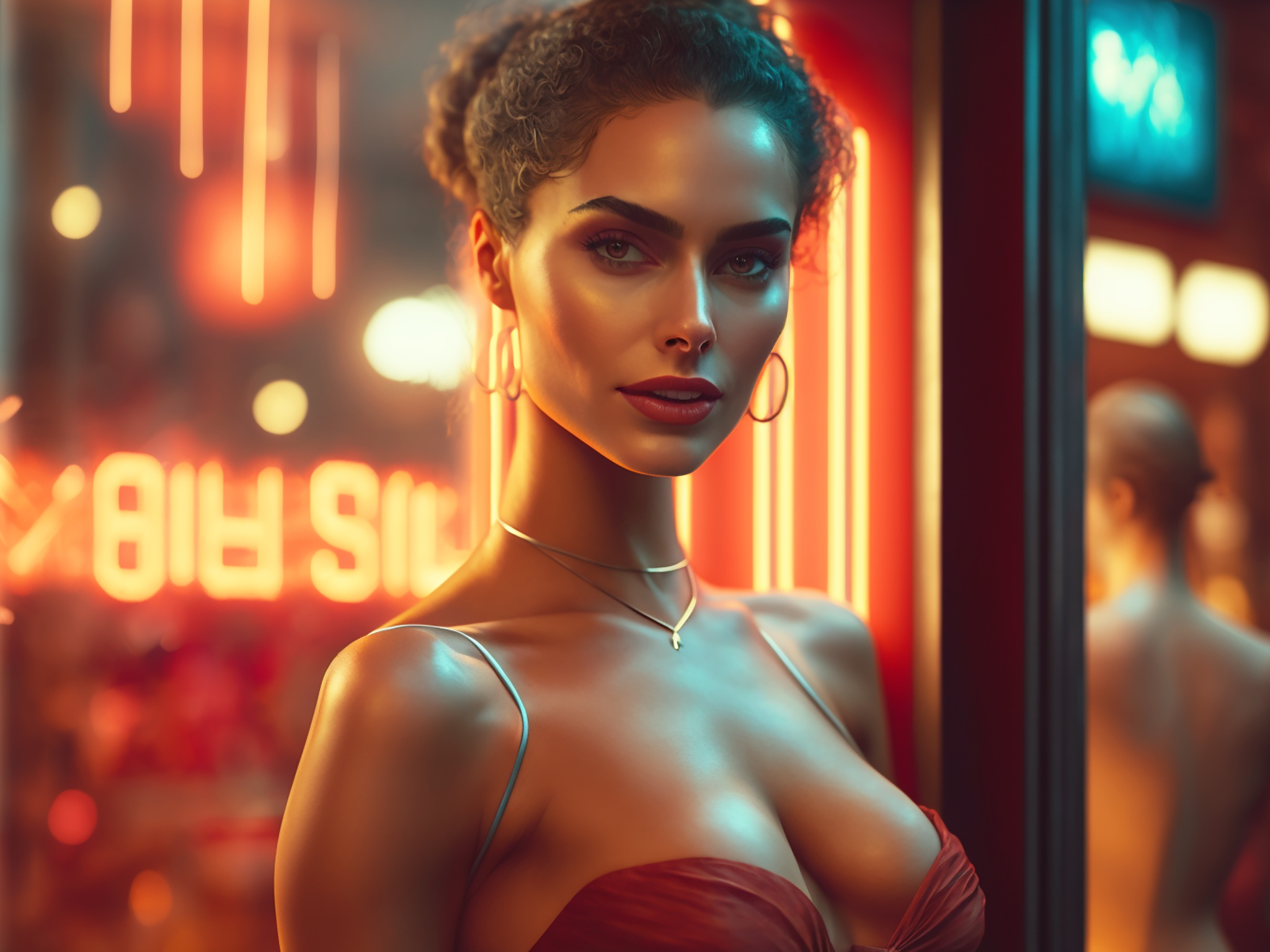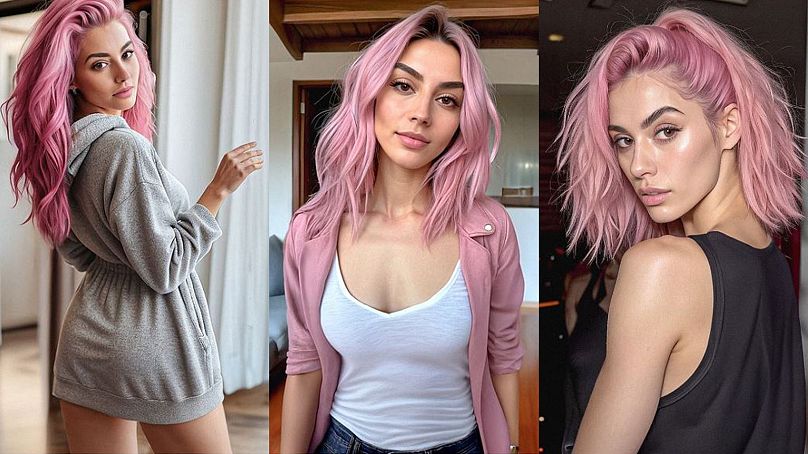How AI Models Are Opening New Doors for Passive Income in 2025
Passive income has always been the holy grail for entrepreneurs and creators alike. The dream of earning money while you sleep isn’t new, but in 2025, the tools to make it happen have evolved dramatically—thanks to artificial intelligence.
From digital art to virtual influencers, AI has unlocked a new wave of opportunities for individuals who want to generate income streams without trading endless hours for every dollar earned.

And one of the fastest‑growing areas? AI‑driven “creator models” and fan platforms.
The Rise of AI‑Generated Personas
Ten years ago, the idea of a computer‑created “personality” having fans sounded like science fiction. Today, it’s part of the creator economy.
AI tools can now generate lifelike images, voices, and even personalities that can interact with followers across social media, subscription platforms, and private communities.
These AI models are being used for:
✅ Lifestyle content (fitness advice, recipes, beauty routines)
✅ Niche education (finance tips, tech explainers, language learning)
✅ Companionship or entertainment (chatbot‑style interactions, guided roleplay, or virtual “celebrity” personas)
What makes this revolutionary for income generation? Once built, these AI personas can keep producing content, interacting, and even “selling” products around the clock—creating a true form of digital passive income.

From Side Hustle to Scalable Business
Entrepreneurs are leveraging these tools to build digital characters that feel as real as human creators.
For example:

-
An AI “fitness coach” that posts workouts, meal plans, and motivational videos daily.
-
A virtual “travel influencer” who shares AI‑generated photos from exotic locations.
-
Even fictional “personalities” who interact with fans through automated messaging.
The genius of this model lies in scalability. Unlike human creators, AI personas don’t need sleep, breaks, or vacations. Once set up, they can deliver content endlessly—and across multiple platforms simultaneously.
How People Are Monetizing AI Personas
Platforms like Patreon, Fanvue, and other subscription services (including adult‑friendly platforms) have already shown how powerful fan‑supported content can be.
But with AI, the model is shifting. Creators can now:
-
Offer exclusive AI‑generated content for subscribers.
-
Create tiered memberships for fans who want “closer interaction.”
-
License AI images or short videos for marketing or entertainment use.
-
Sell branded merchandise “from” the AI persona.

Some creators are even running multiple AI models under different niches—earning from entirely separate audiences, without the grind of being “on camera” themselves.
Building an AI Model: Easier Than You Think
A few years ago, creating a virtual personality would have required a full production team. Today, platforms and software make it accessible to anyone with creativity and a laptop.
Steps to create your own AI persona:
1️⃣ Define the niche. Will your AI “model” be a lifestyle coach, a gaming personality, or a digital artist?
2️⃣ Generate the visuals. Tools like MidJourney or OpenAI’s image models can create lifelike photos or stylized artwork.
3️⃣ Craft a voice and personality. AI voice generators (like ElevenLabs) can produce natural speech, while text generators can help write captions, scripts, and replies.
4️⃣ Set up platforms. Instagram for exposure, Patreon/Fanvue for subscriptions, and even automated newsletters for extra monetization.
5️⃣ Automate engagement. Chatbots and content scheduling tools can keep fans engaged while you focus on expanding.
The Passive Income Factor
Unlike traditional content creation—where creators must film, edit, post, and repeat endlessly—AI models can run semi‑autonomously.
Once built, they can:
✅ Produce content on a schedule.
✅ Reply to fans through automated scripts.
✅ Promote products or memberships consistently.
That means your time can shift from constant production to occasional oversight and scaling.
The Big Question: Is This Ethical?
This new wave of AI‑driven personas raises serious ethical discussions.
-
Should audiences always know if they’re interacting with an AI “character”?
-
Where’s the line between creative entertainment and deception?
-
How do we ensure content created by AI respects platform rules and user safety?
Experts argue that transparency is key—and platforms are beginning to require creators to disclose when content is AI‑generated.
Handled responsibly, AI personas can simply be the next evolution of entertainment and content creation—no different than animated characters or fictional celebrities of past decades.
The Future: Beyond “Fans,” Toward Digital Brands
What’s exciting about AI personas isn’t just that they can gain fans—it’s that they can become brands.
Imagine an AI travel influencer who expands into selling a line of luggage. Or an AI chef persona who launches a cookbook.
By leveraging AI’s ability to generate visuals, scripts, and even product designs, entrepreneurs can build entire ecosystems around these virtual personalities—creating income streams far beyond simple fan subscriptions.
What This Means for Creators in 2025
AI hasn’t just changed how we work—it’s changing who can work.
You don’t need to be a photographer, a model, or a full‑time influencer to build a digital “presence.” You just need vision and the right tools.
The rise of AI personas doesn’t mean humans are irrelevant—it means we can delegate creativity in a way that’s never been possible before.
For those looking to build true passive income, AI‑driven digital models may be the most exciting opportunity of this decade.
Because in 2025, the creator economy isn’t just human anymore.
Source: Compiled from emerging trends in the creator economy and AI innovation reports.